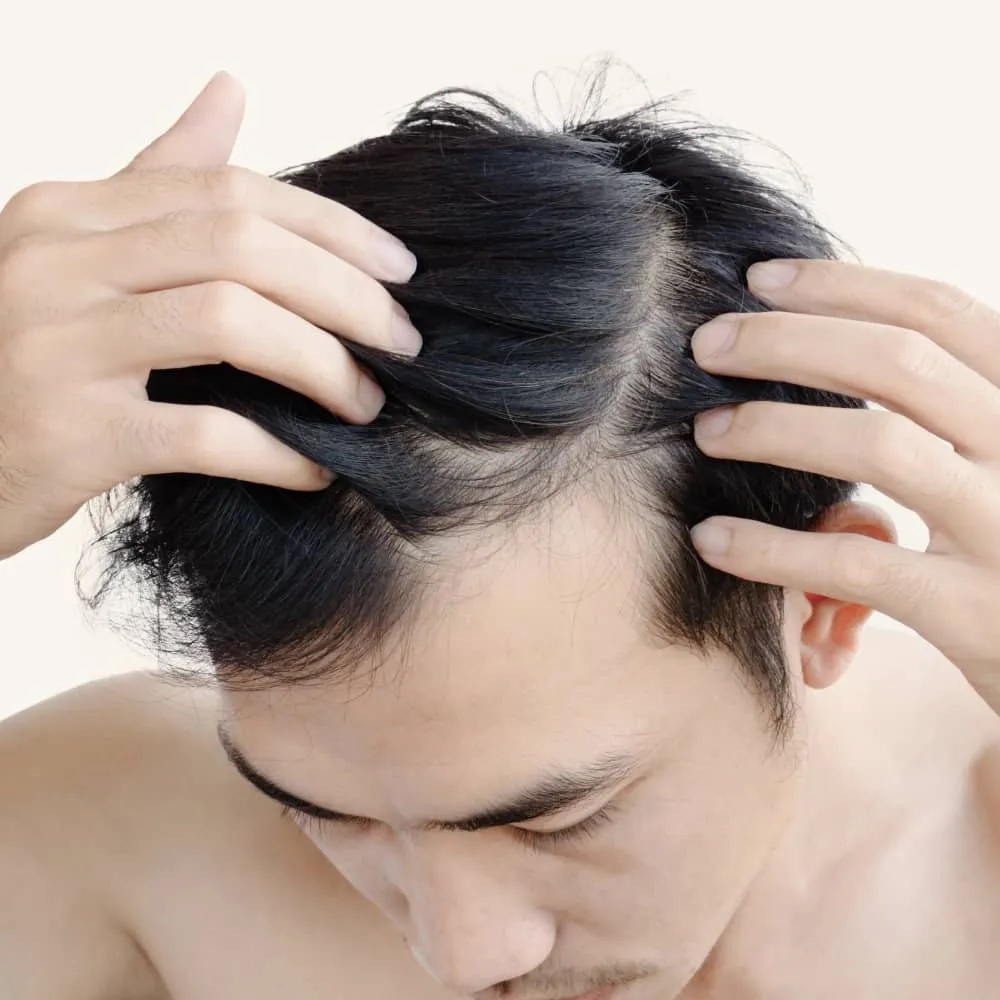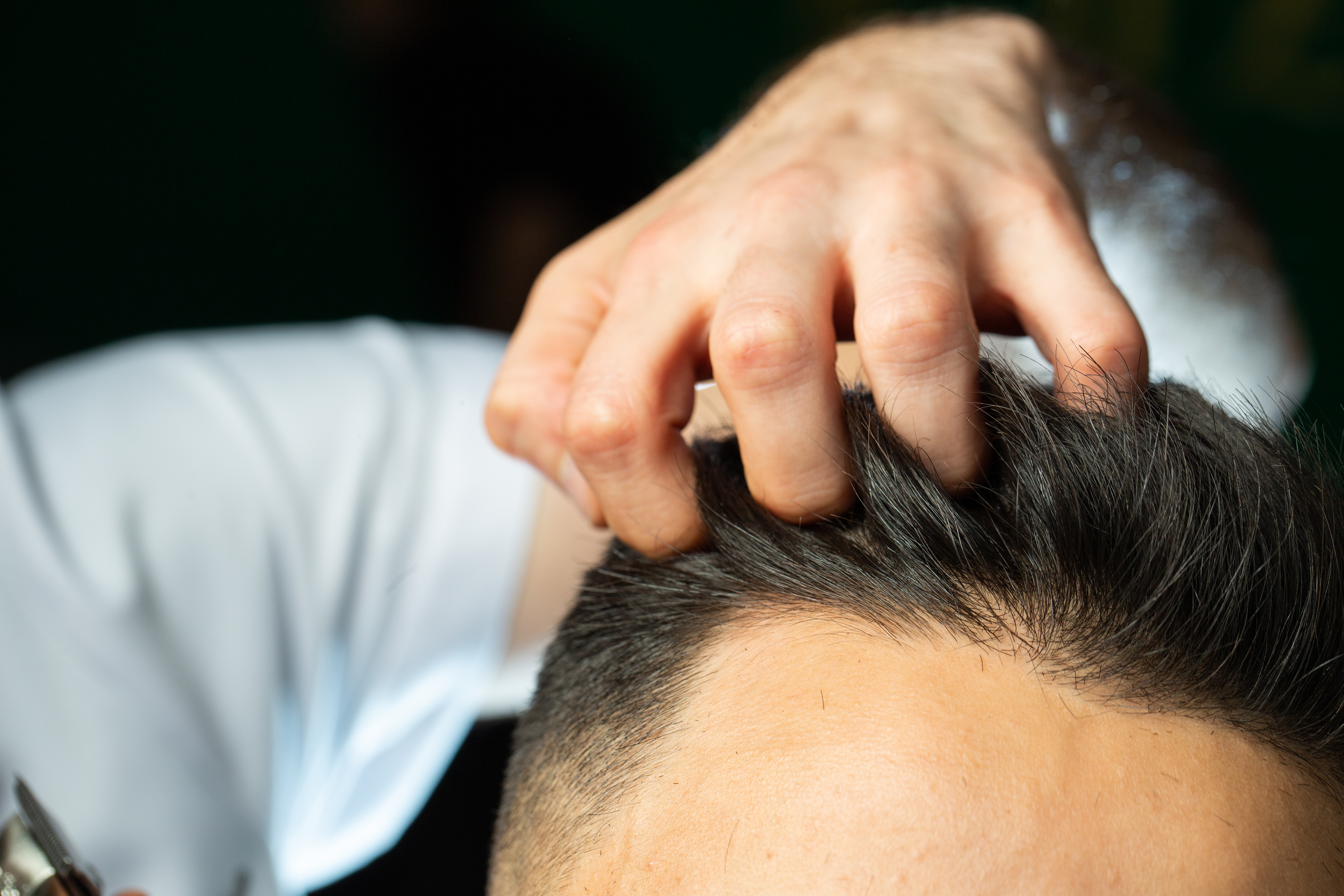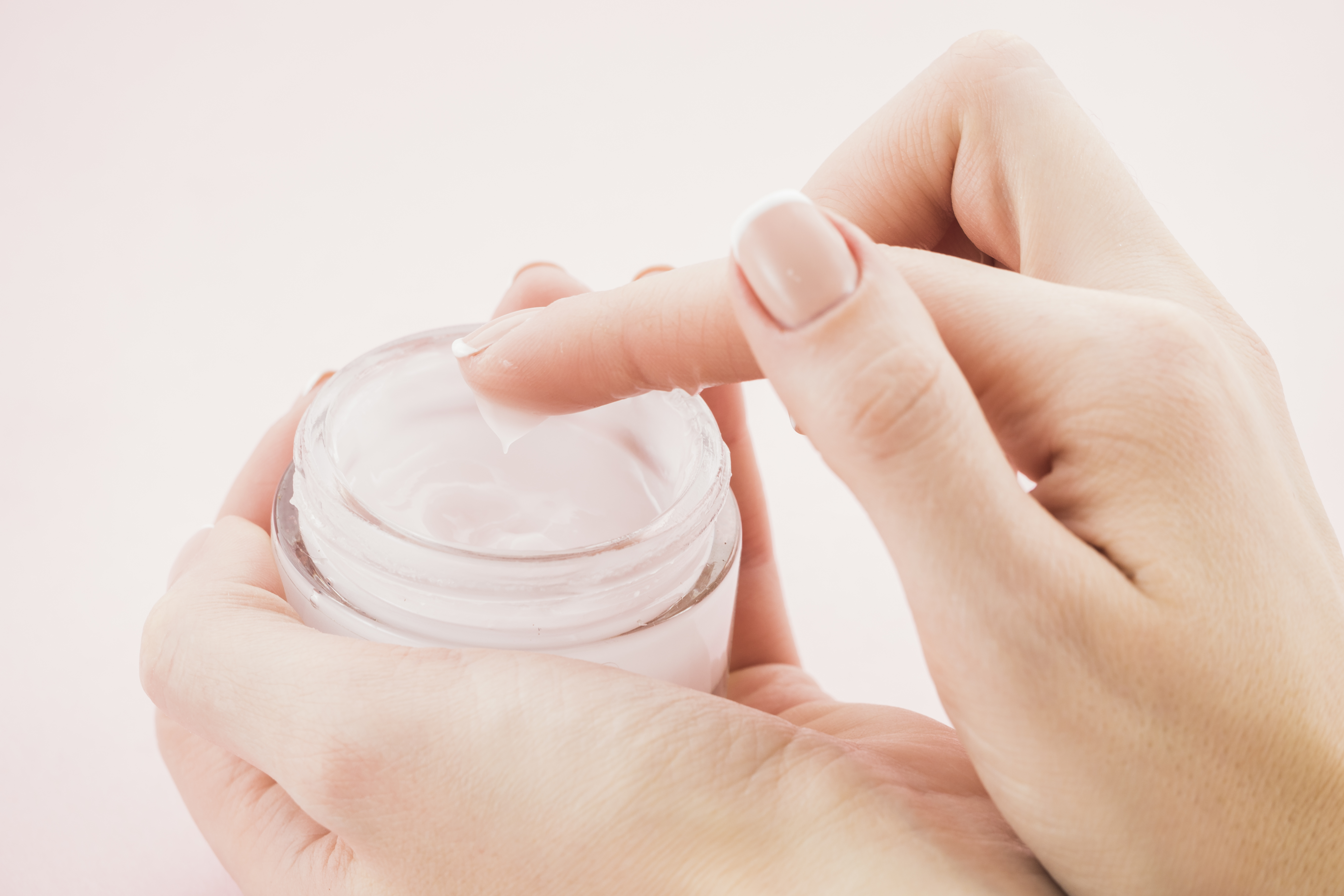Losing Hair? Here Are 3 Treatments In KL Men Can Try To Help A Receding Hairline
From invasive surgeries to over-the-counter medication, we have the answers for you!
Have you ever looked in the mirror and felt concerned by your receding hairline?
If you're feeling anxious about losing more hair over time, it's important to keep in mind that hair loss is a very common medical condition, particularly among men.
The most common type of hair loss for men is called male pattern baldness, also known as male androgenetic alopecia (MAA).
According to the National Library of Medicine (NLM), 30% to 50% of men will develop this medical condition by the age of 50.
But what exactly causes a receding hairline?
"A familial tendency to MAA and racial variation in the prevalence is well recognised, with heredity accounting for approximately 80% of predisposition," reported NLM.
To put it simply, genetics is the primary cause of this medical condition.
However, other factors that contribute to receding hairlines include age, illness, stress, medication, and hormonal changes.
Despite the fact that MAA is a relatively minor dermatological condition, it has a psychological impact on its patients, with some reporting depression and low self-esteem.
1. Minoxidil topical drops
According to NLM, minoxidil is a prescribed topical medication that can be used by both men and women to treat hair loss.
Interestingly, when this medication was first made available to the public in the 1970s, it was intended to be taken orally and was used to treat severe and recalcitrant hypertension.
During the course of treating this illness, doctors noticed that patients taking this medication began to experience a new side effect, hair growth.
Due to this new discovery, the development of topical minoxidil began, with alopecia patients being prescribed the topical form.
To use this medication, adult patients can simply drop 1ml of topical minoxidil onto their scalps and massage it in.
This medication must be applied twice a day, and patients must be consistent with their use, as those who stopped using it after a while reported losing hair again.
Having said that, minoxidil is not a permanent solution for hair loss because it does not create new hair follicles. Rather, it promotes healthier hair growth.
If you're interested in trying this medication, it's best to consult with your doctor first before ordering a bottle online.
2. Anthralin
Anthralin is a medication that is primarily used to treat psoriasis, with patients applying it to their affected skin per medical professionals' instructions.
Despite it commonly being used by psoriasis patients, it can be also used by alopecia patients because it promotes hair growth.
To use this medication, patients must apply it only to their bald spots and leave it on for the recommended amount of time.
This drug, like minoxidil, must be prescribed and supervised by medical professionals and dermatologists, so consult with your doctor first.
To get the best results, patients can also use minoxidil at the same time as using anthralin.
3. Hair transplant
A hair transplant may be your best option if you want a permanent solution and don't mind going under the knife.
This surgical procedure moves your existing hair to a new location.
Prior to the surgery, your doctor will inject you with medication that will help numb your scalp and make the procedure painless.
According to WebMD, patients can expect the procedure to take between four to eight hours, depending on the transplant size.
A consultation with a medical professional is required before going under the kinfe, and they will also assist you throughout the healing process.
Just like any other surgery, the healing process would require you to be on pain medication for a few days.
Your scalp may feel tender during this time, but most patients who underwent this procedure were able to return to work two to five days after the procedure.
Another thing to keep in mind is that you will only notice new hair growth a few months after the surgery.
Patients can expect to see at least 60% new hair growth after six to nine months.
According to Hair Transplant Centre Malaysia, the procedure would cost between RM7,500 and RM20,000.
So, which treatment is the right one for you?
While you can plan out the treatment you would like to proceed with, it is still recommended that you consult with a medical professional.
Doctors can examine the condition of your scalp and provide you with accurate expected outcomes for each of the treatments listed above.
Losing hair can be a depressing experience, but there is always a solution to your problems.
If you need psychological assistance to discuss your hair and self-esteem issues, there are psychologists and counsellors in your area who can assist you.
Remember, don't be afraid to express your concerns, and self-care is just one step away from bringing out your inner beauty.





